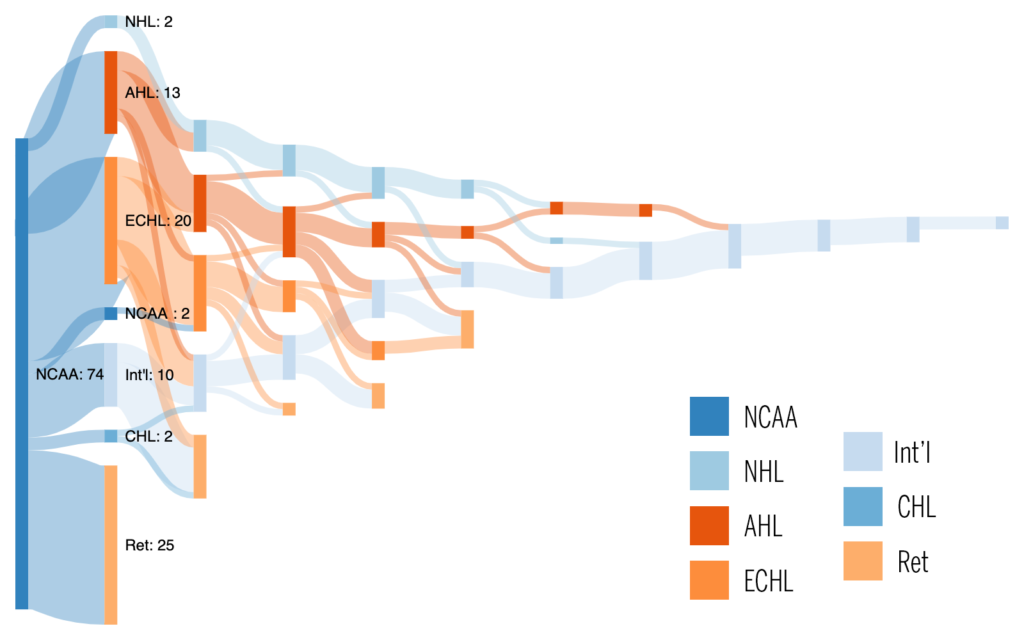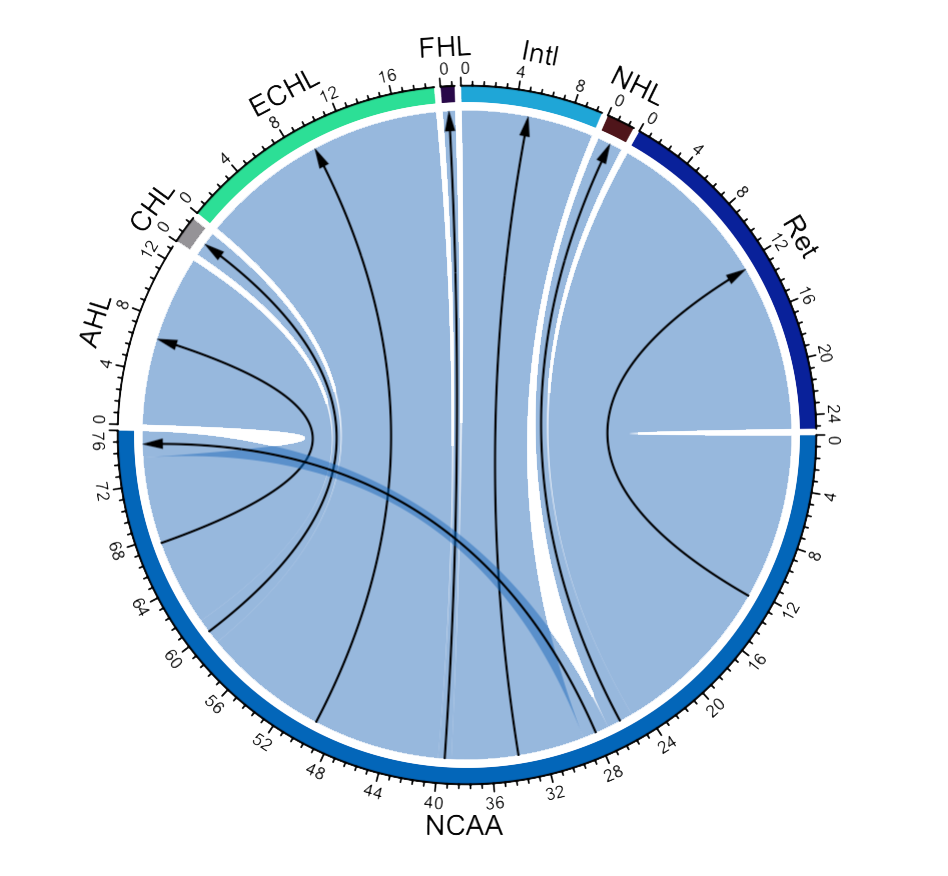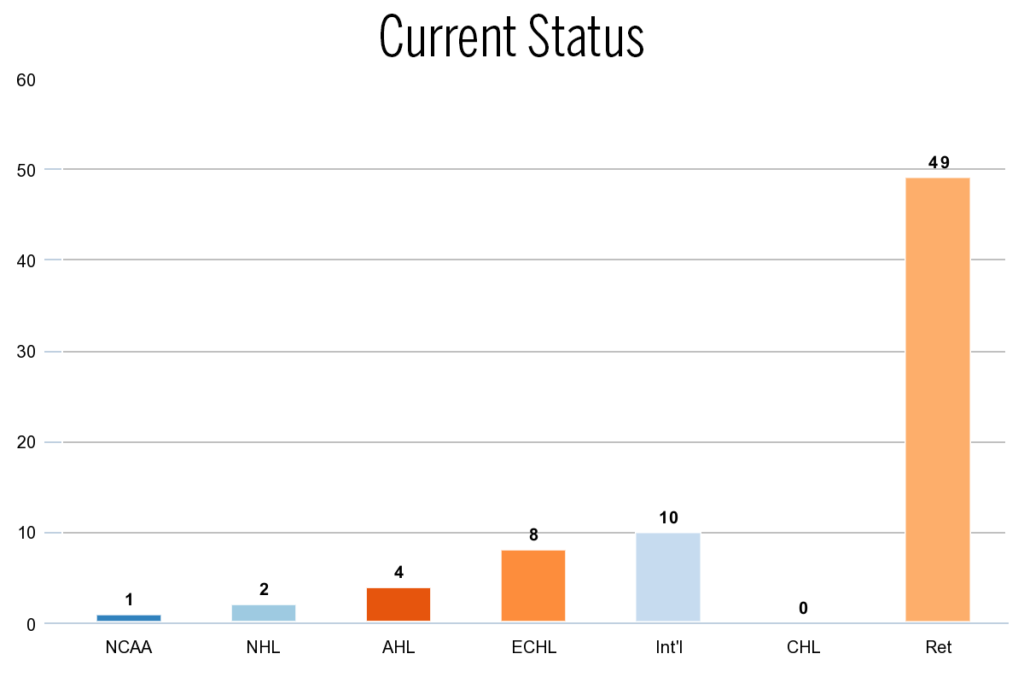DATA: Yale College trends toward graduating more STEM than humanities and arts majors
Comments Off on DATA: Yale College trends toward graduating more STEM than humanities and arts majorsYale is witnessing a shift in student major preferences.
For the first time since public records started at the Office of Institutional Research in 2000, the number of graduates in science, technology, engineering or mathematics fields has outpaced the number of Yale College arts and humanities graduates.
According to public records from the Office of Institutional Research, which date back to 2000, Yale has seen a consistent decline in humanities enrollment — majors like English, history and classics — since 2007, reflecting a broader national trend toward STEM.
In 2020, during the COVID-19 pandemic, there appeared to be a moment of revival in the number of humanities and arts majors at Yale. The overall trend, however, still leans overwhelmingly toward STEM, and more Yale students are declaring STEM majors than ever before.
In the 2021-2022 academic year, registration in arts and humanities were at 320, compared to 340 and 579 in physical sciences and engineering and social science, respectively. Broadly, STEM encompasses majors like Molecular, Cellular and Developmental Biology, Molecular Biophysics and Biochemistry, Ecology and Evolutionary Biology, Computer Science and Mathematics.
National data reflect the same trend; the National Center for Education Statistics found that the number of graduates in the humanities declined by 29.6 percent from 2012 to 2020, as students have increasingly come to view college as an investment rather than an experience.
In part driven by a desire to attract and retain more STEM students, Yale has made landmark investments in some of its science and engineering sectors in recent years. The University is investing $350 million in a new Physical Sciences and Engineering Building and Yale’s expansion of its School of Engineering & Applied Science is planning to add 45 new faculty members.
In February 2022, Yale also announced plans to distinguish the School of Engineering & Applied Science faculty from the Faculty of Arts and Sciences.
The admissions office’s keenness for prospective STEM applicants and the University’s overall institutional emphasis on STEM is not new. Nine years ago, in 2014, although the University aimed for a first-year class that consisted of 40 percent STEM majors, only about 25 percent of the class of 2014 graduated with a STEM major.
In 2014, responding to concerns that other higher learning institutions were offering more rigorous STEM programs, Dean of Undergraduate Admissions Jeremiah Quinlan assured prospective students that they would not miss out on opportunities for cutting-edge research and funding opportunities if they chose Yale.
“If [the trend toward STEM] happens here, it’s just a sign of how bad it is in the country because you know, Yale is a great university across the board,” said Lucas Bender, the director of undergraduate studies, or DUS, for the East Asian Languages and Literatures major. “But historically, Yale’s strength has been in the humanities and the arts. It’s one of the only universities that has top-ranked music programs, drama and opera programs.”
Bender said that applicants often self-select when they choose Yale. He gave the example of someone having a choice between the Massachusetts Institute of Technology and Yale, commenting that if the applicant were a science person, they would probably have chosen MIT. However, the increasing emphasis on STEM at Yale reflects much larger national trends that merit further exploration, he added.
Another reason for these patterns, according to Bender, is economics — he said that students with art or humanities degrees may be concerned that they will not get high enough paying jobs to cover the costs of college.
But an overall trend within arts and humanities does not necessarily reflect individual trends on a major and degree basis. According to former art DUS Lisa Kereszi the number of art majors increased from 2013 to 2023. She cited the eradication of course fees and a surge in interest in “self-expression” and “artmaking” as a possible cultural reaction to current events and the political landscape. This in turn could have driven increases in art majors, she explained.
The options and flexibility offered by double majors might also explain the rise of STEM. According to Kereszi, there were more arts major students who also had another major last year than ever before: about 40 percent in 2022-2023, compared to the usual 25 to 30 percent, she said. Bender echoed that students who are double majoring have a high tendency to choose humanities as their second if their first is STEM-oriented.
Some students remain hopeful about the future of arts and humanities at Yale, calling attention to the importance of studying what speaks to one’s interests.
“While there is a place for the pre-professional, I find it more rewarding to study our intrinsic humanity through the words and deeds of the world’s greatest thinkers, and seek the roots of the beauty of our shared culture,” said Camillo Padulli, ’25, who is majoring in history. “Yale has traditionally been a nexus for learning about the classic tenets of high Western civilization, and I would feel loath to miss out on that.”
In 1861, Yale conferred the first doctorate of philosophy ever awarded in the United States.







